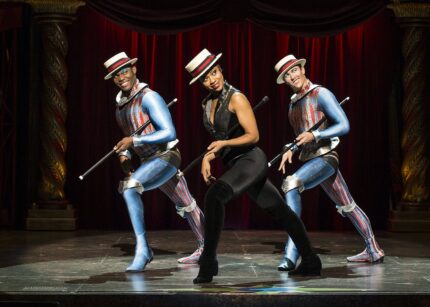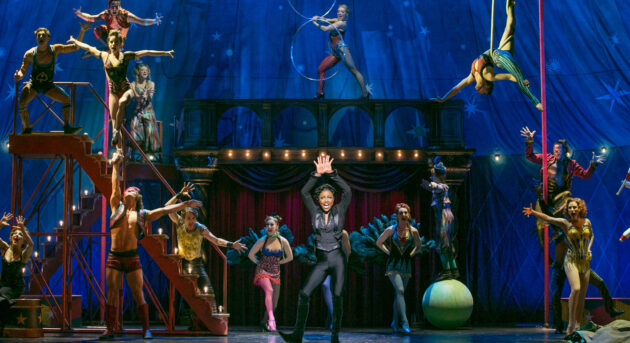Join us for a PIPPIN Deep Dive
After months of silence in the musical theatre world, Pippin is coming to Sydney! This is a welcome relief for theatre fans, however, Pippin is not your average musical. Below its shiny exterior, Pippin contains a plethora of metaphors which bring up interesting perspectives on life fulfilment and meaning. So, I thought it only fitting to write a deep dive into this fantastical musical for those of you who want a head start into the world of Pippin before the musical arrives.
Warning, there will be some spoilers for the show ahead.
THE FACTS
The basic plot of Pippin surrounds a young man, Pippin, on his search for his life’s purpose. His story is told, and manipulated, by a mysterious circus and its leading player who will often give Pippin advice on what to do. This leads him to try everything he can from war, to sex, to religion, to farming, and more, all to find a true sense of fulfilment.

Two of the core creative members behind the original production of Pippin are composer and lyricist Stephen Schwartz, whom you may know from Wicked and Godspell, and director and choreographer Bob Fosse, who also worked on Chicago, Damn Yankees, Sweet Charity, and more. Although Schwartz originally conceived of the idea for the show, Fosse had a huge impact on its trajectory, which I will dive into in the analysis.
The 2020 Australian revival of Pippin, which will be performed in Sydney, has some changes from the original production. The most obvious change is the gender of the leading player, which is now a woman, adding some well-needed diversity to show. On top of this, the ending has been extended. Where the show once ended with Pippin leaving the stage with his new family Catherine and Theo, this extended ending leaves Theo onstage with the circus, making the point that this search for fulfilment is a cycle that most people go through. Additionally, it is also good to know that Schwartz himself has expressed a preference for this new ending.
THE ANALYSIS

It is important when looking at the deeper meaning of the show, to look at Fosse’s life while he was directing it. In the same year that Pippin was staged and performed for the first time, Fosse made an absolutely incredible award show sweep winning an Oscar for Cabaret, an Emmy for Liza with a Z, and two Tonys for Pippin, and later that same year, he checked himself into a psychiatric clinic for depression. The mental state Fosse was in that year perfectly shows why he directed Pippin the way he did. Fosse was enamoured with the spectacle that is showbiz, much like Pippin was with the circus. No matter what amazing feats Pippin tried (and succeeded in) he never felt satisfied. It wasn’t until the end of the show when he was on the verge of a depression fuelled breakdown, encouraged by the circus, that he realised he was chasing the wrong thing. This is mirrored by Fosse who, after achieving significant accolades, realised his search for a cure to his depression wasn’t going to be found in the glory that came from his work.
For a deeper dive into Bob Fosse’s headspace during the staging of Pippin I would highly recommend viewing the TV series ‘Fosse/Verdon’, specifically episode 4, which can be found on iTunes or Binge.

Lastly, I would be remiss if I didn’t mention THE dance. A dance titled ‘The Manson Trio’ takes place roughly a third of the way into the musical within the song ‘Glory’. This aggressively showy dance takes place in the middle of a war with people dying all around it. When asked why it was titled ‘The Manson Trio’, 2013 revival director Diane Paulus recalls that, “Bob was very interested in Charles Manson. It was the idea of the Leading Player as a kind of charismatic leader, kind of a cult leader. […] The juxtaposition of song-and-dance and people being killed.”
With everything this musical offers, to see this dance alone is a reason to watch the show.
THE OPINIONS

In my humble opinion what makes this show, is its depth.
Musicals can often gloss over deeper issues or use their music to make light of them, however, Pippin is one of a few musicals to really embrace these issues in all their glory. The music is great, the choreography is great, the direction is great, and overall this show is extraordinary… and when you’re extraordinary you gotta watch extraordinary things.
Book tickets to see Pippin HERE





Wow what a great article. I had no interest in seeing Pippin until I read this review. Now I can’t wait to see it!
Great article Lucy! There is nothing greater than live theatre – great to see it returning. Pippin sounds amazing!